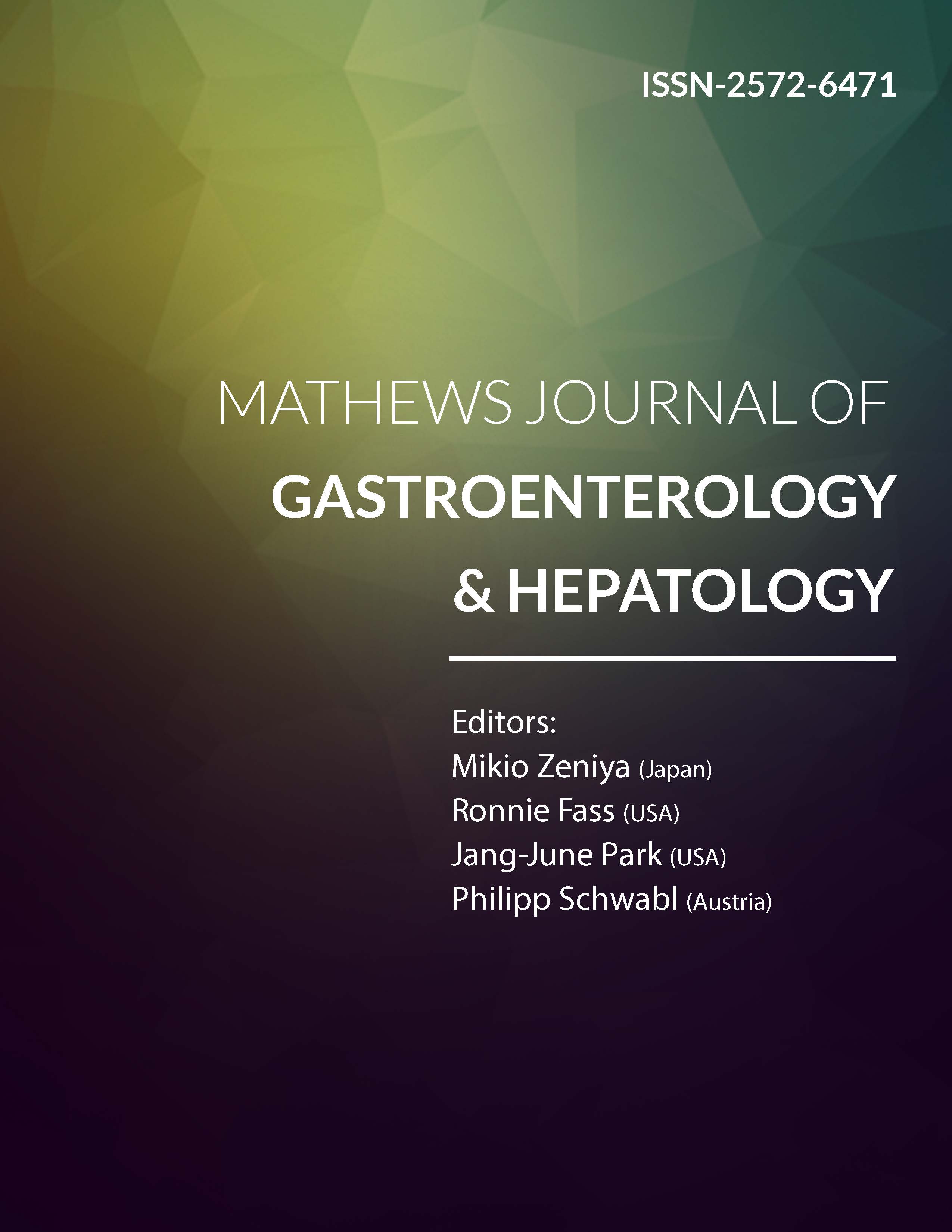
Information Links
Previous Issues Volume 8, Issue 1 - 2023
Liver Cirrhosis & Hepatocellular Carcinoma in Chronic Hepatitis B: Role of Hepatic Vena Cava Syndrome in the Pathogenesis
Santosh Man Shrestha*
Liver Foundation Nepal, Kathmandu, Nepal
*Corresponding author: Dr. Santosh Man Shrestha, MBBS, FRSTM &H, FRCPE, Liver Foundation Nepal, Sitapaela Height, Nagarjun 4, PO Box # 13273-Kathmandu, Nepal. Tel: 977-9841237627; E-mail: [email protected].
Received Date: March 15, 2023
Published Date: April 18, 2023
Citation: Shrestha SM. (2023). Liver Cirrhosis & Hepatocellular Carcinoma in Chronic Hepatitis B: Role of Hepatic Vena Cava Syndrome in the Pathogenesis. Mathews J Gastroenterol Hepatol. 8(1):19.
Copyrights: Shrestha SM. © (2023).
ABSTRACT
Background: Chronic hepatitis B (CHB) is highly prevalent in some Afro-Asian countries and is associated with high incidence of liver cirrhosis (LC) and hepatocellular carcinoma (HCC), whereas in the West with low prevalence it has a benign course. Pathogenesis of LC in CHB is not well-defined. Materials & Method: Hepatic vena cava syndrome (HVCS), a disease of hepatic venous outflow obstruction is a comorbid condition of CHB patients in Nepal. Presence of HVCS is ascertained by ultrasonography and color Doppler (US/CD) examination of inferior vena cava and liver. This is a retrospective study of a 1542 CHB patients followed for a long period to assess its clinical course. Of these, 988 patients were categorized into two groups based on assay of HBeAg: HBeAg-positive 19% into replicative phase, HBeAg-negative 81% in non-replicative phase. Results: Eighty per cent of the patients were asymptomatic at the time of diagnosis. Acute exacerbations (AE) developed precipitated by bacterial infection with elevation of serum aminotransferases in 80%, and in 11.6 % it was followed by ascites with US/CD evidence of HVOO. About 14% developed mild splenomegaly with hematological features of hypersplenism. These features were consistent with natural history of HVCS. LC developed in 21.3% and HCC in 4.7 % of patient. The incidences of LC and HCC in replicative and non-replicative phases of CHB were similar. But patients with LC and HCC had high incidence of AEs, ascites and hypersplenism. Conclusion: HVCS contributed to the symptomatic clinical course and development of LC and HCC in CHB.
Keywords: Chronic Hepatitis B, Hepatic Vena Cava Syndrome, Hepatic Venous Outflow Obstruction, Hypersplenism, Cirrhosis, Hepatocellular Carcinoma.